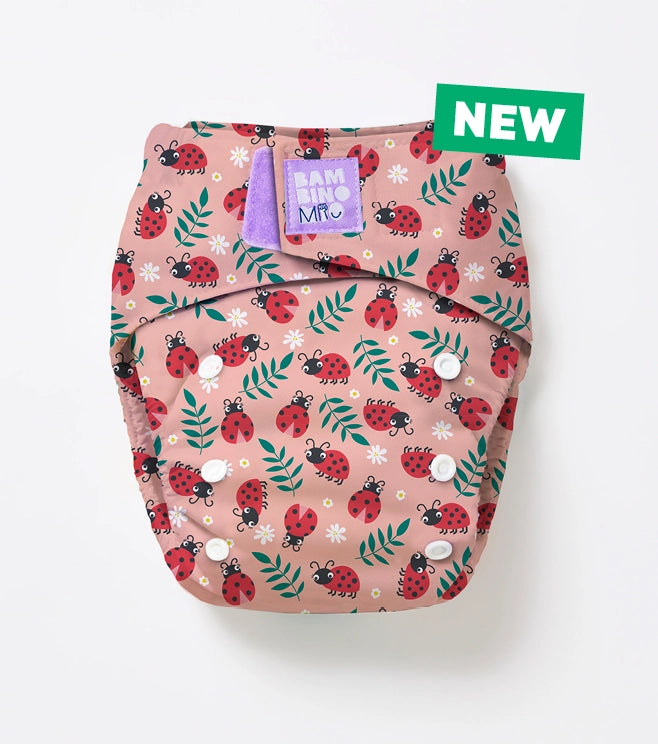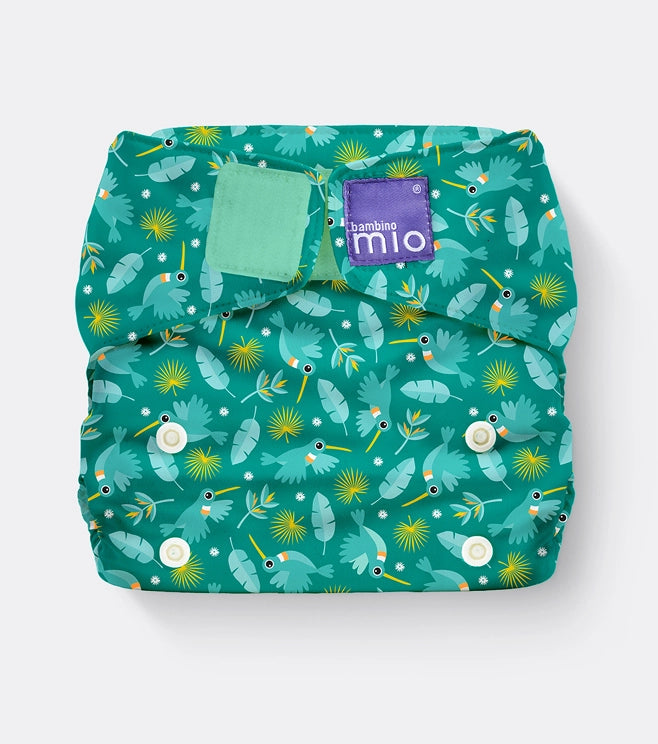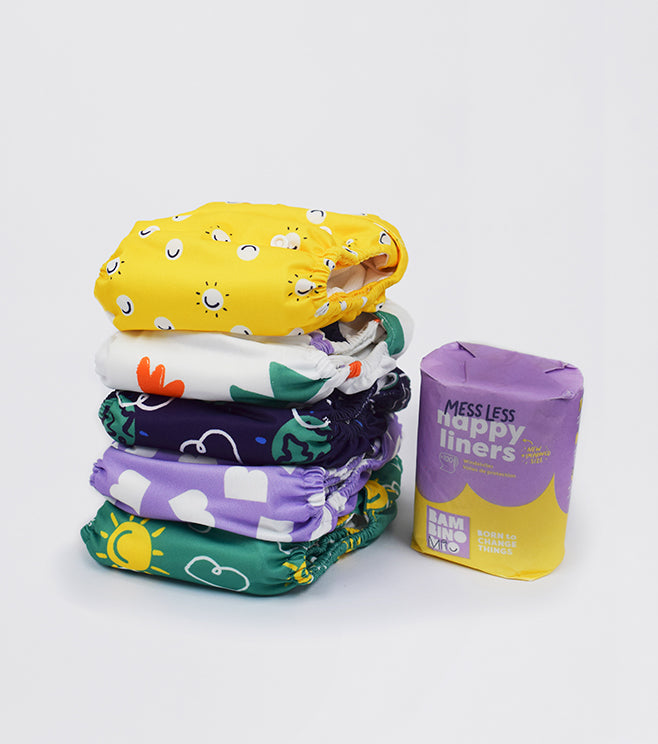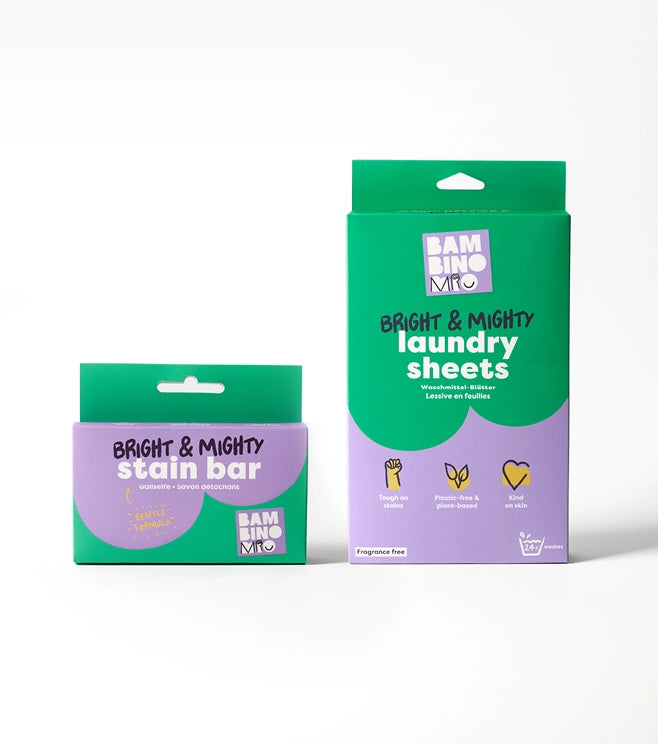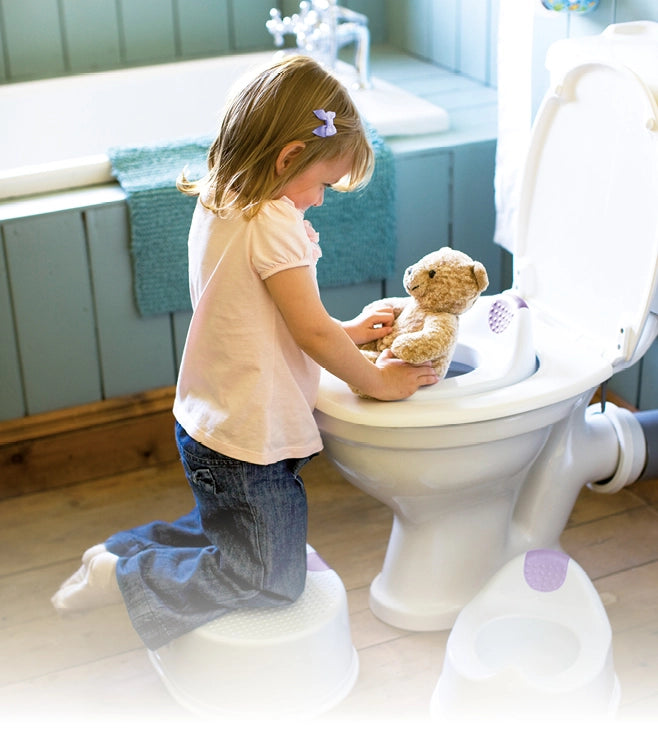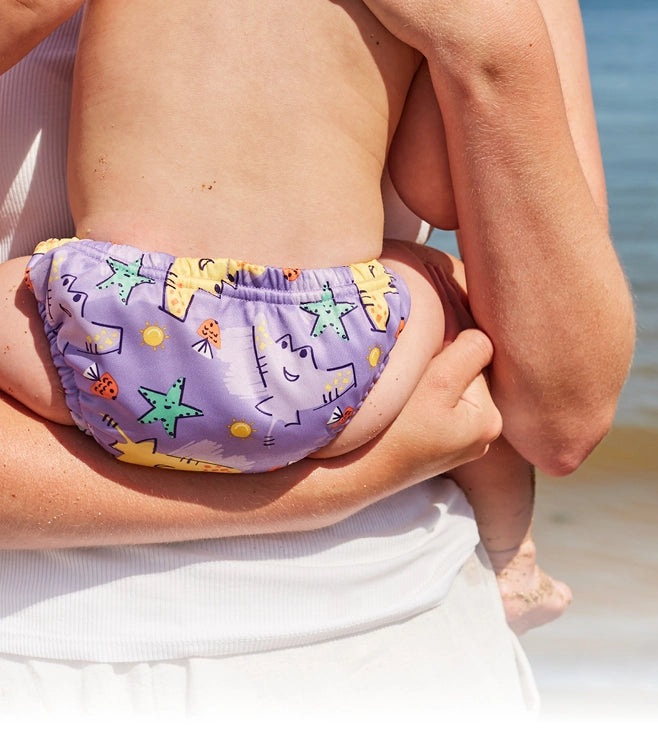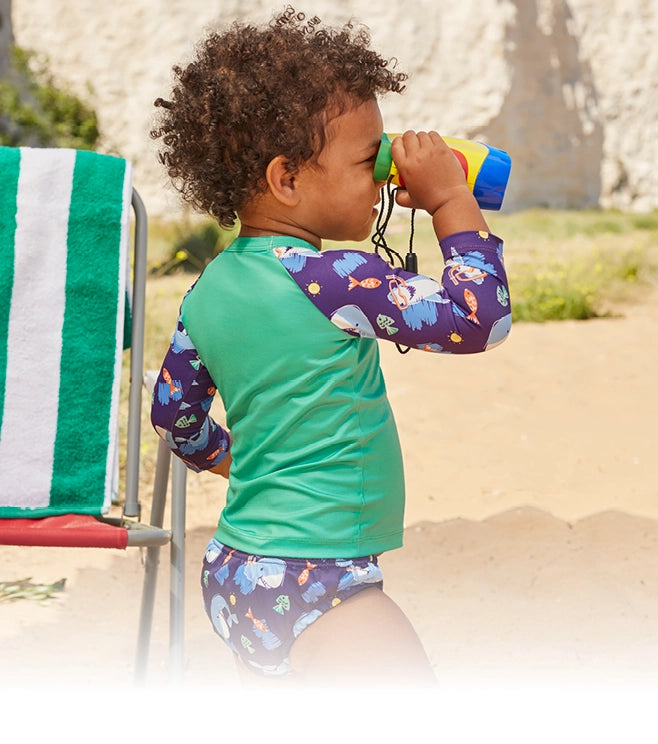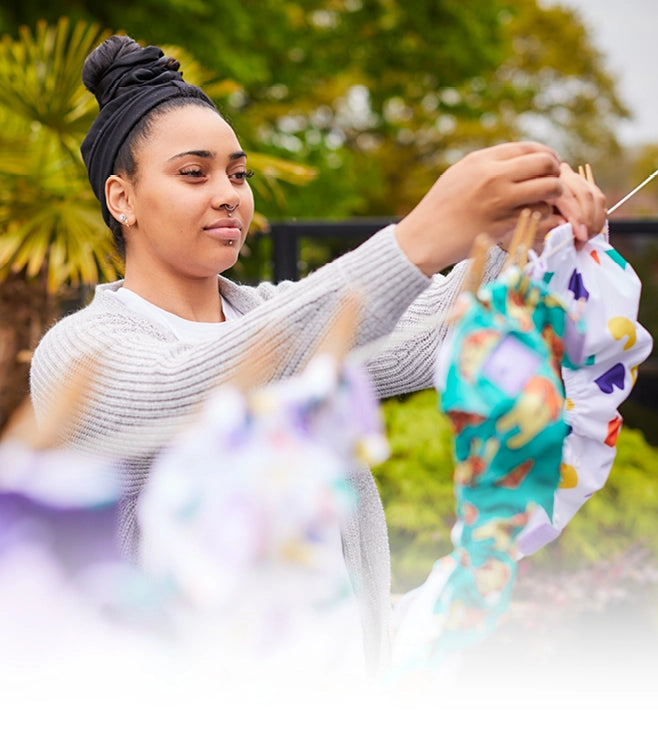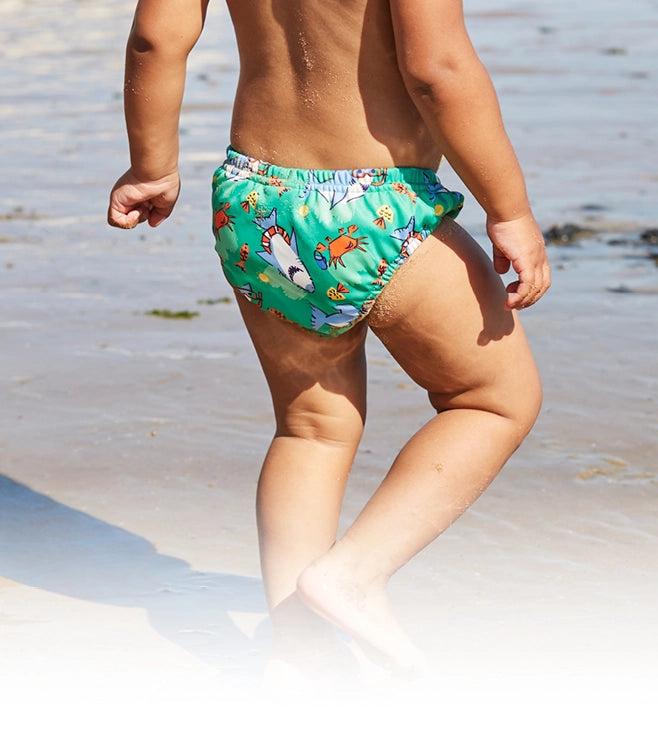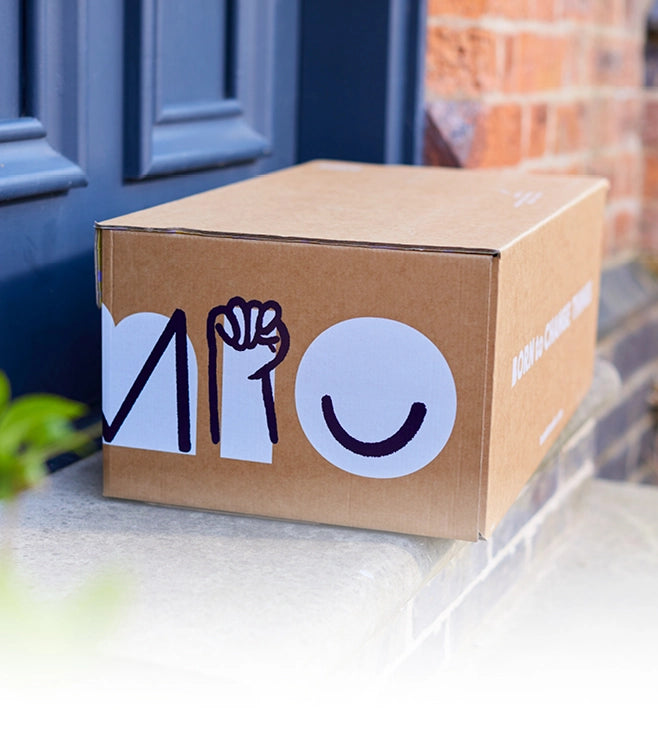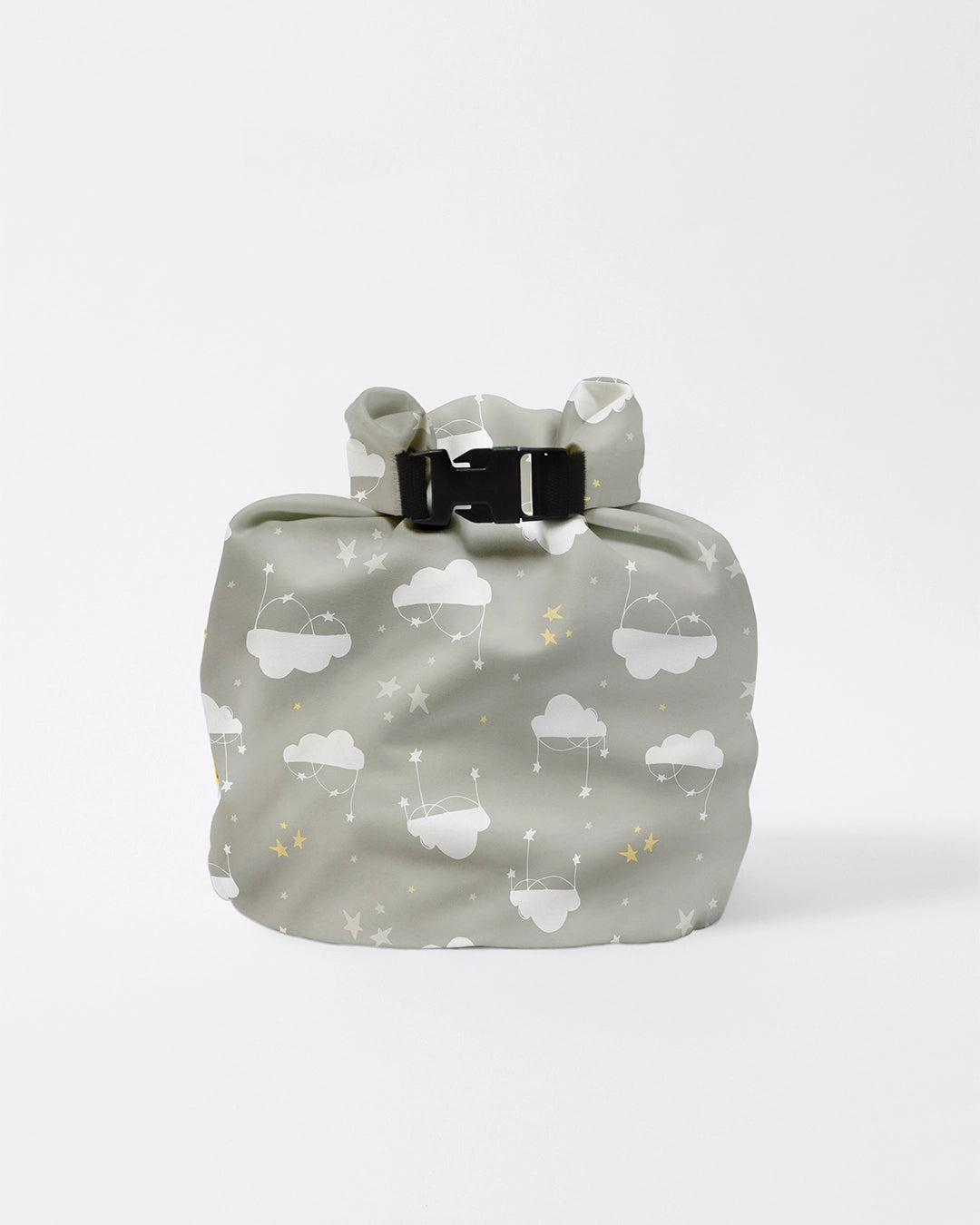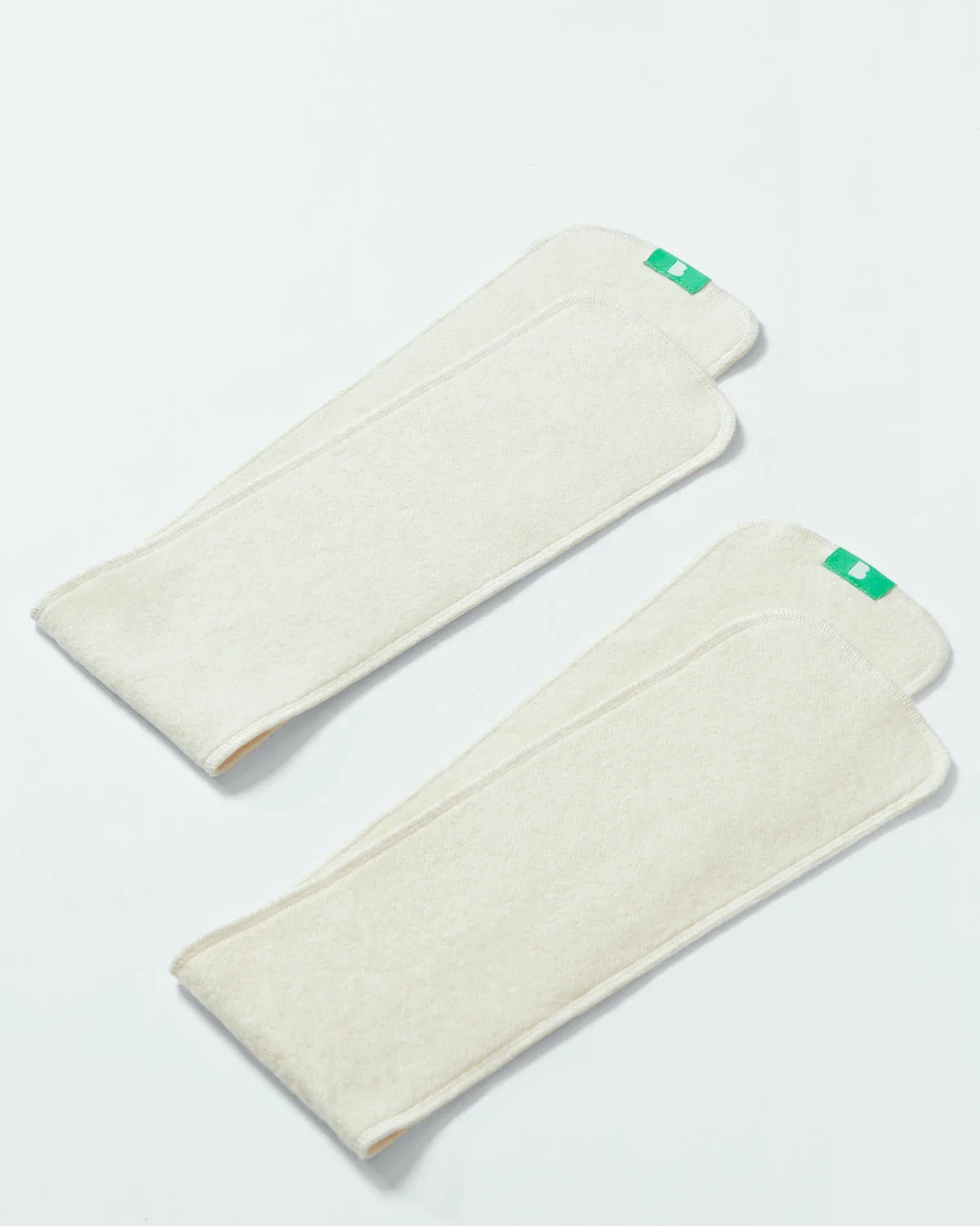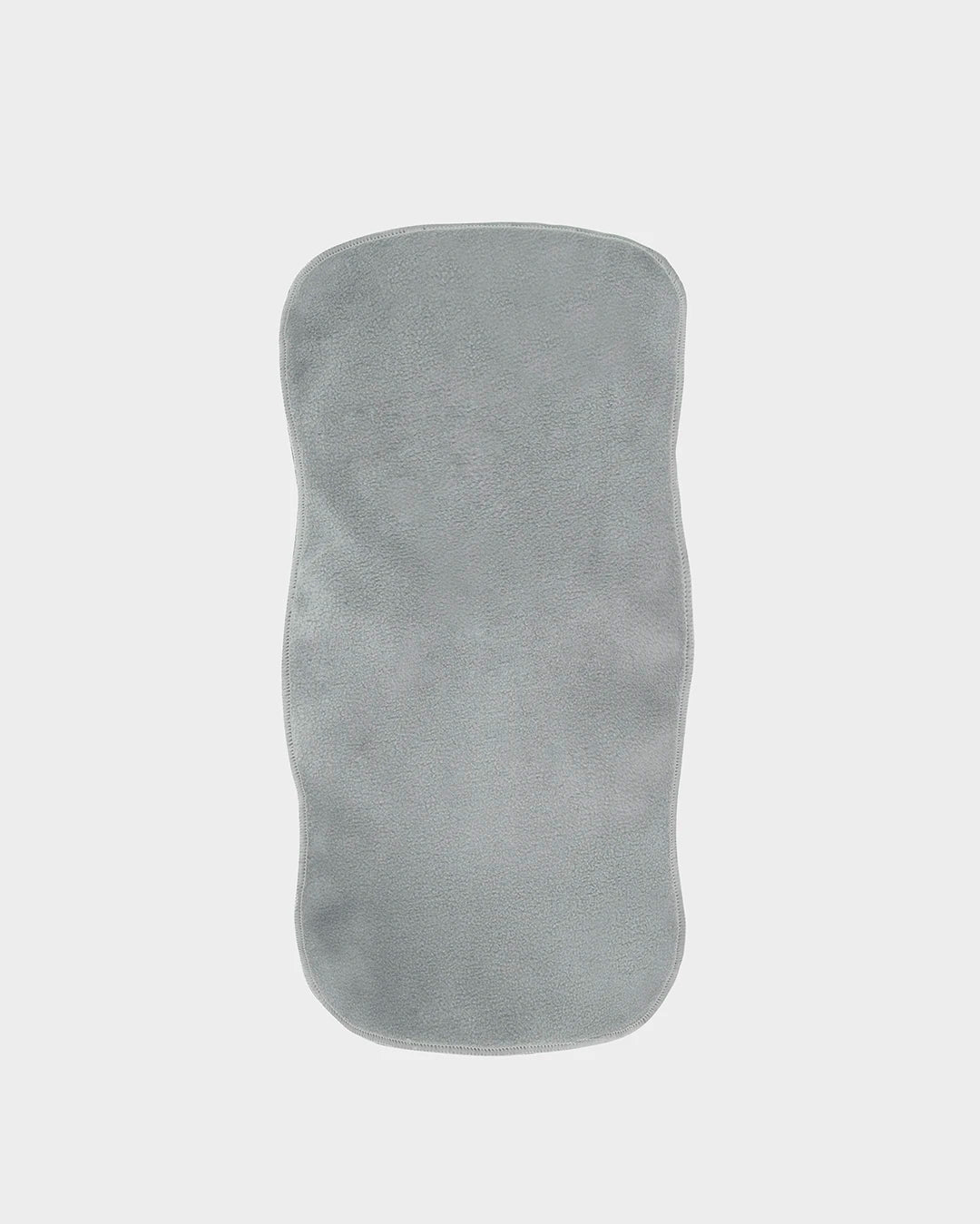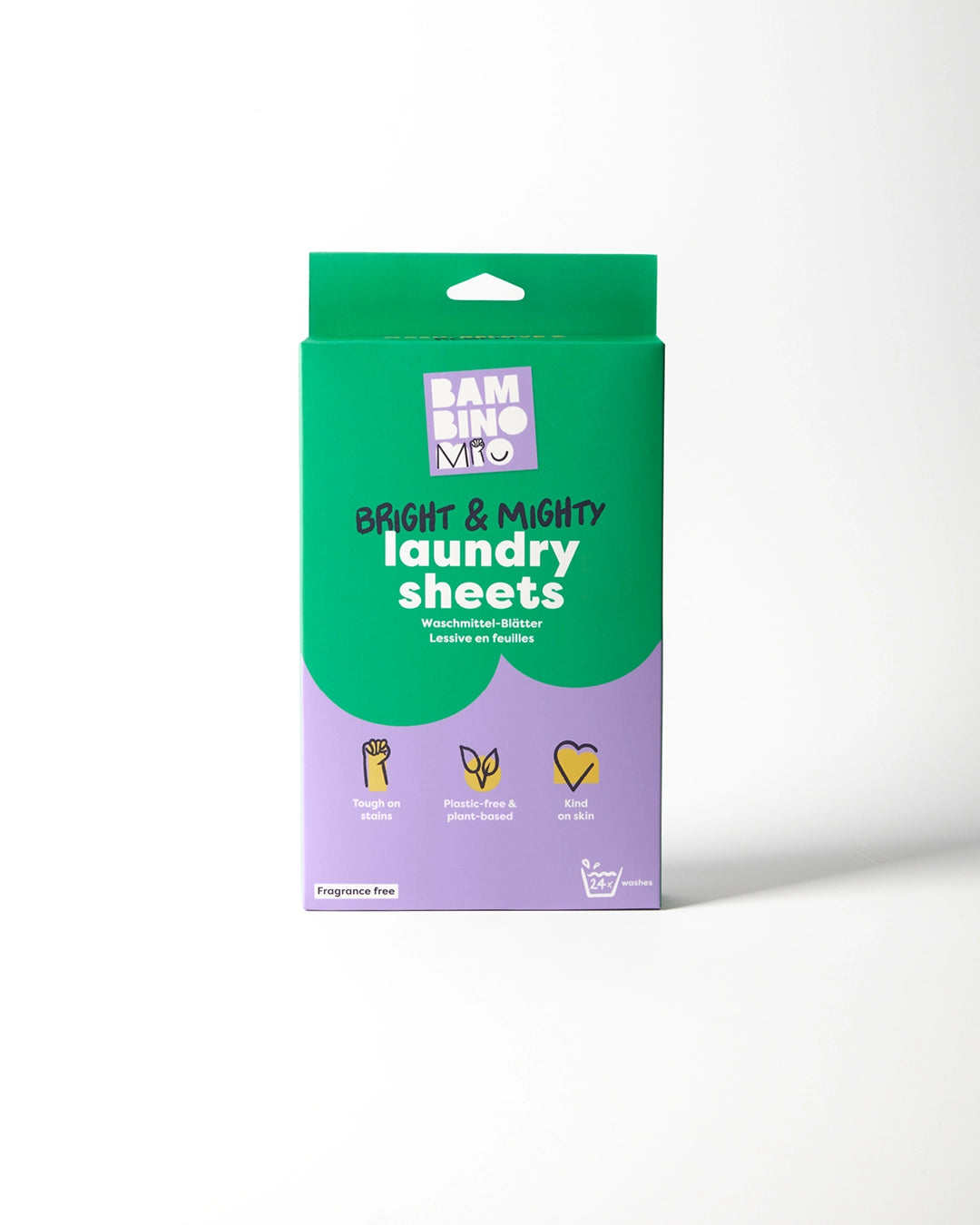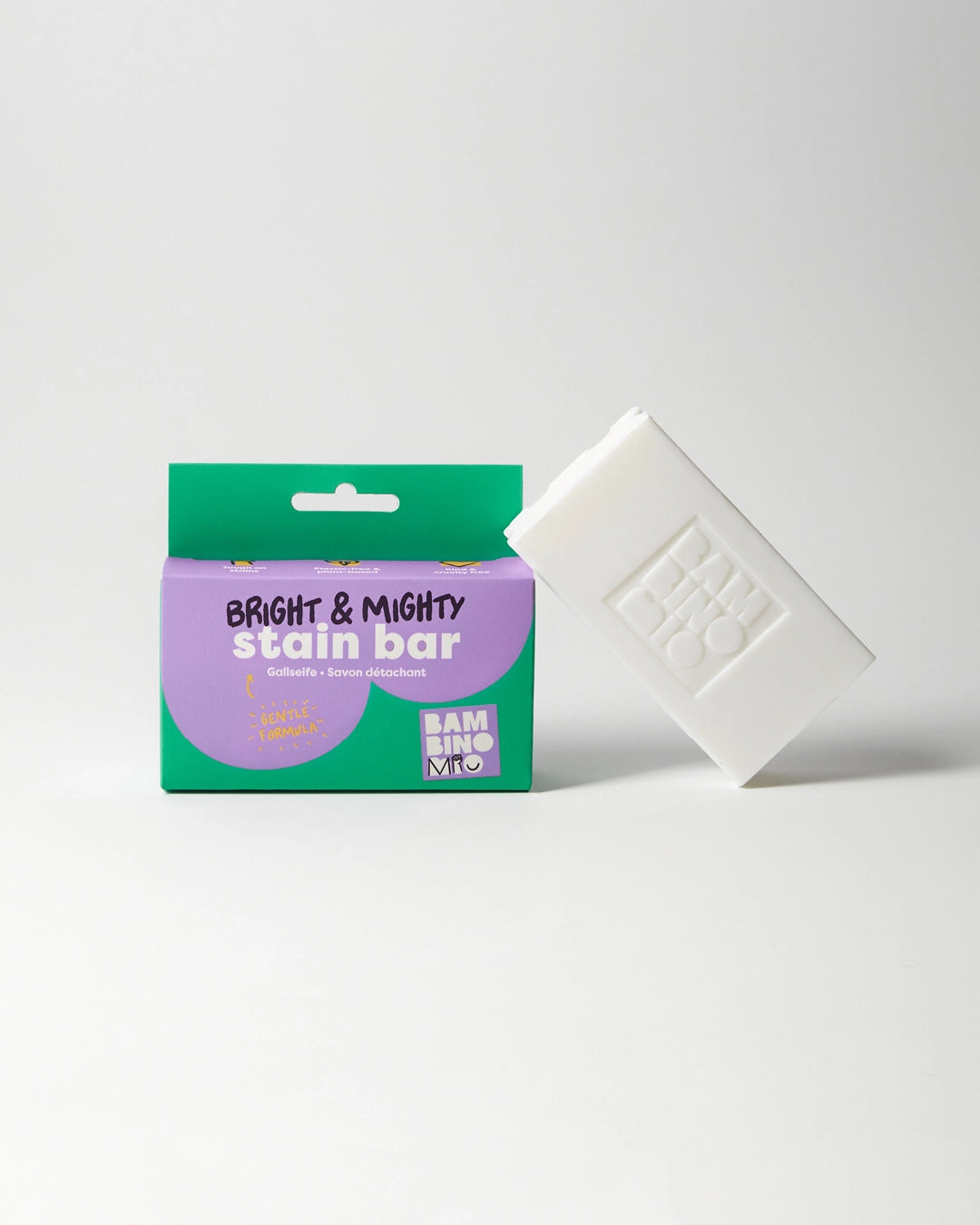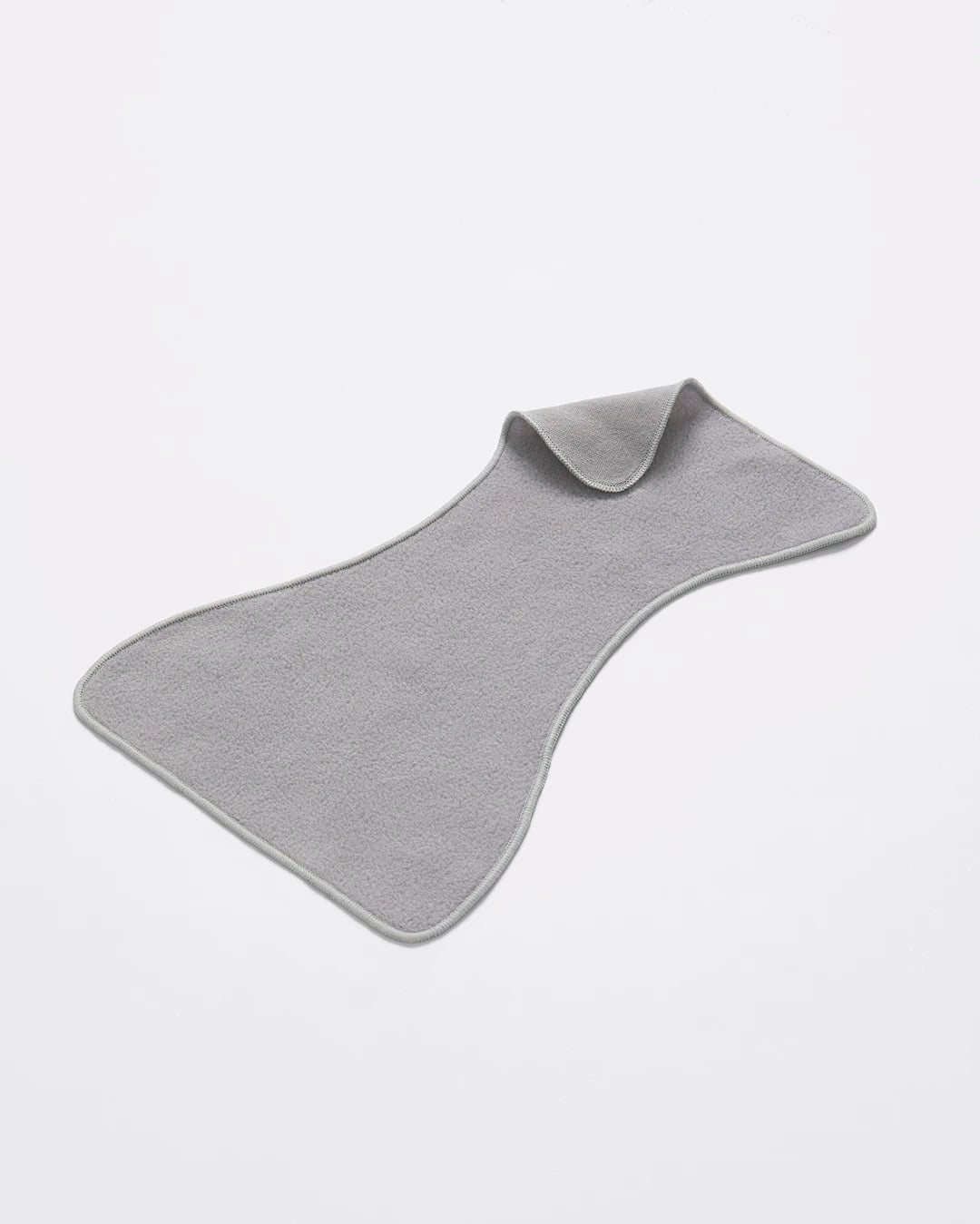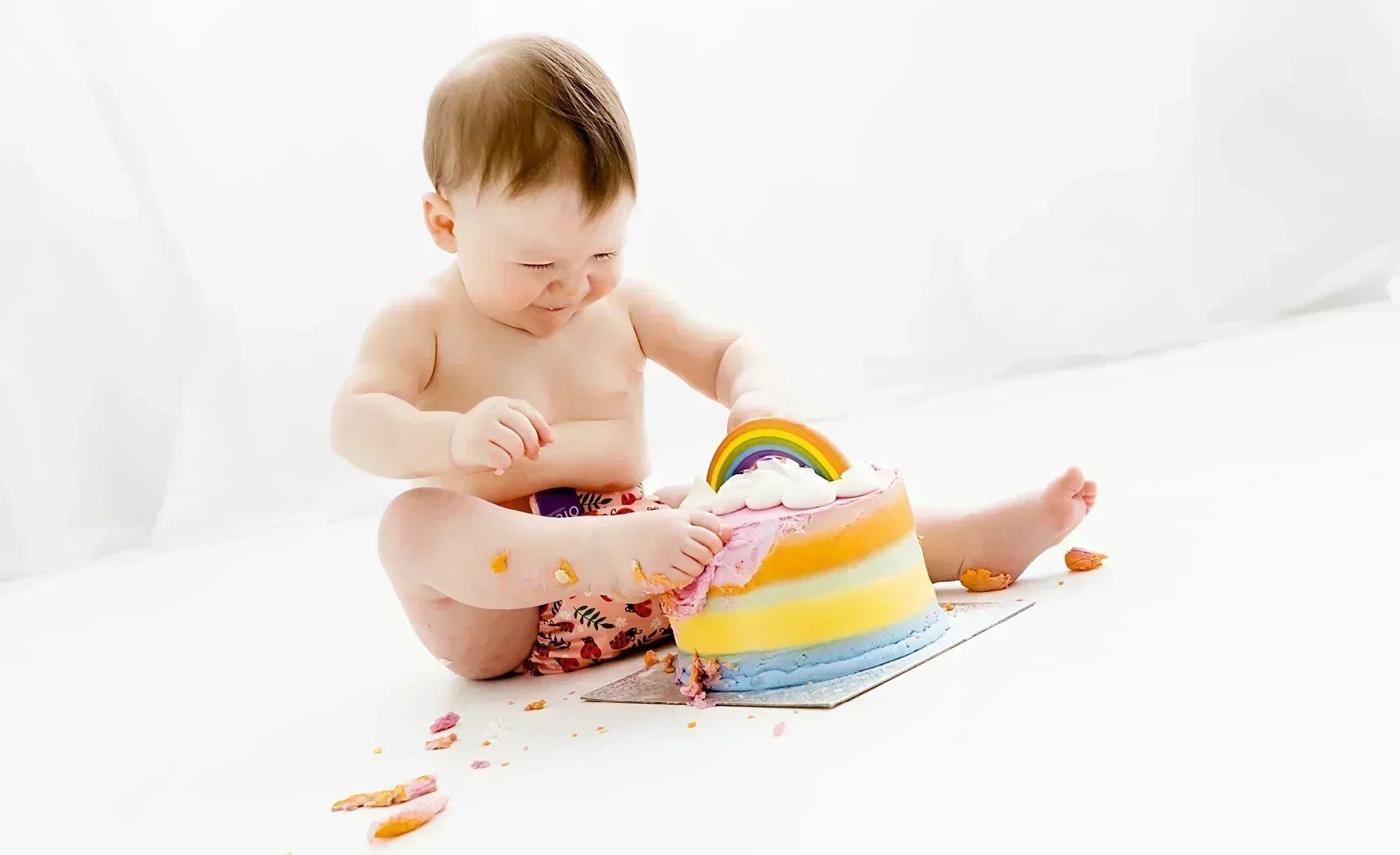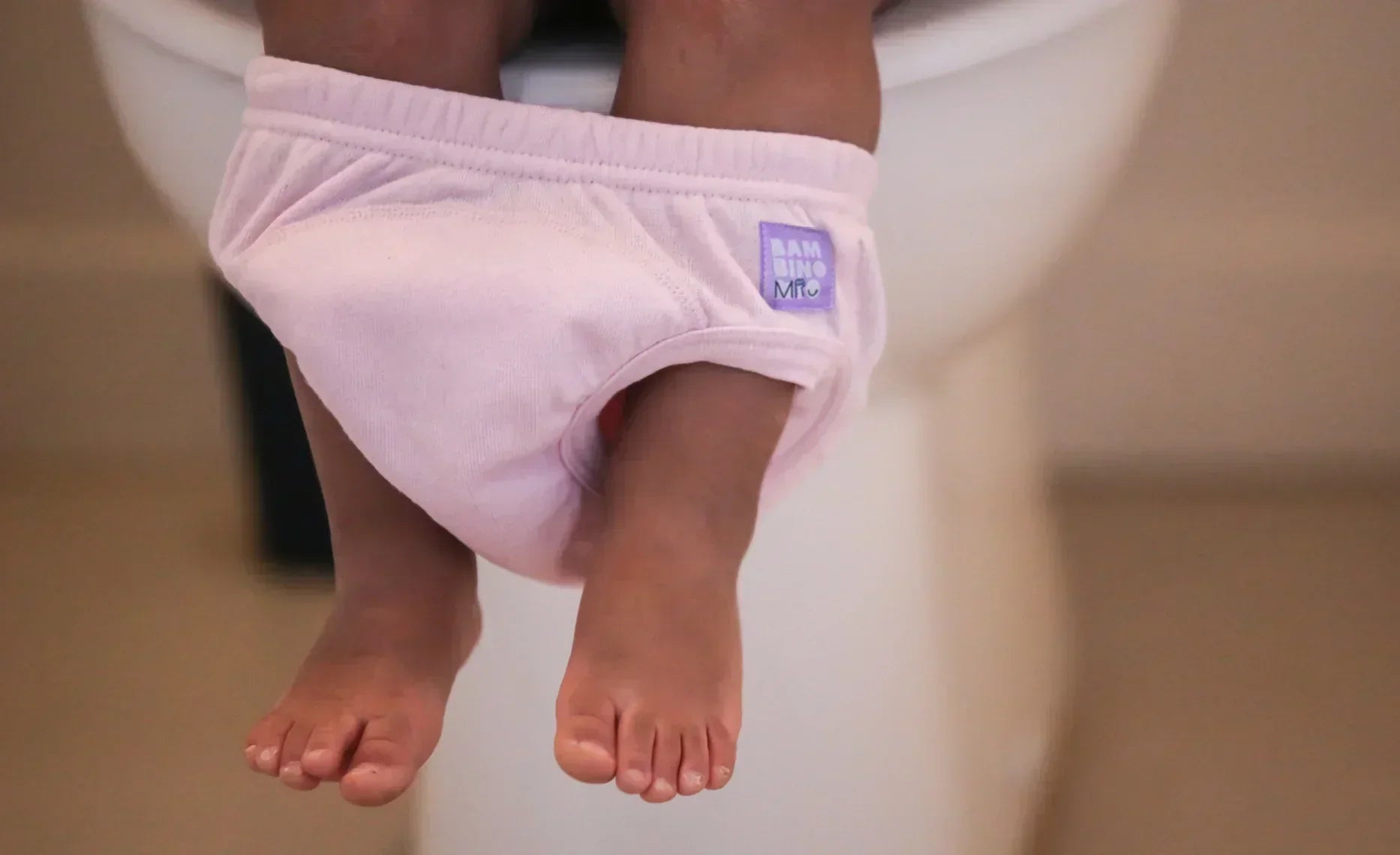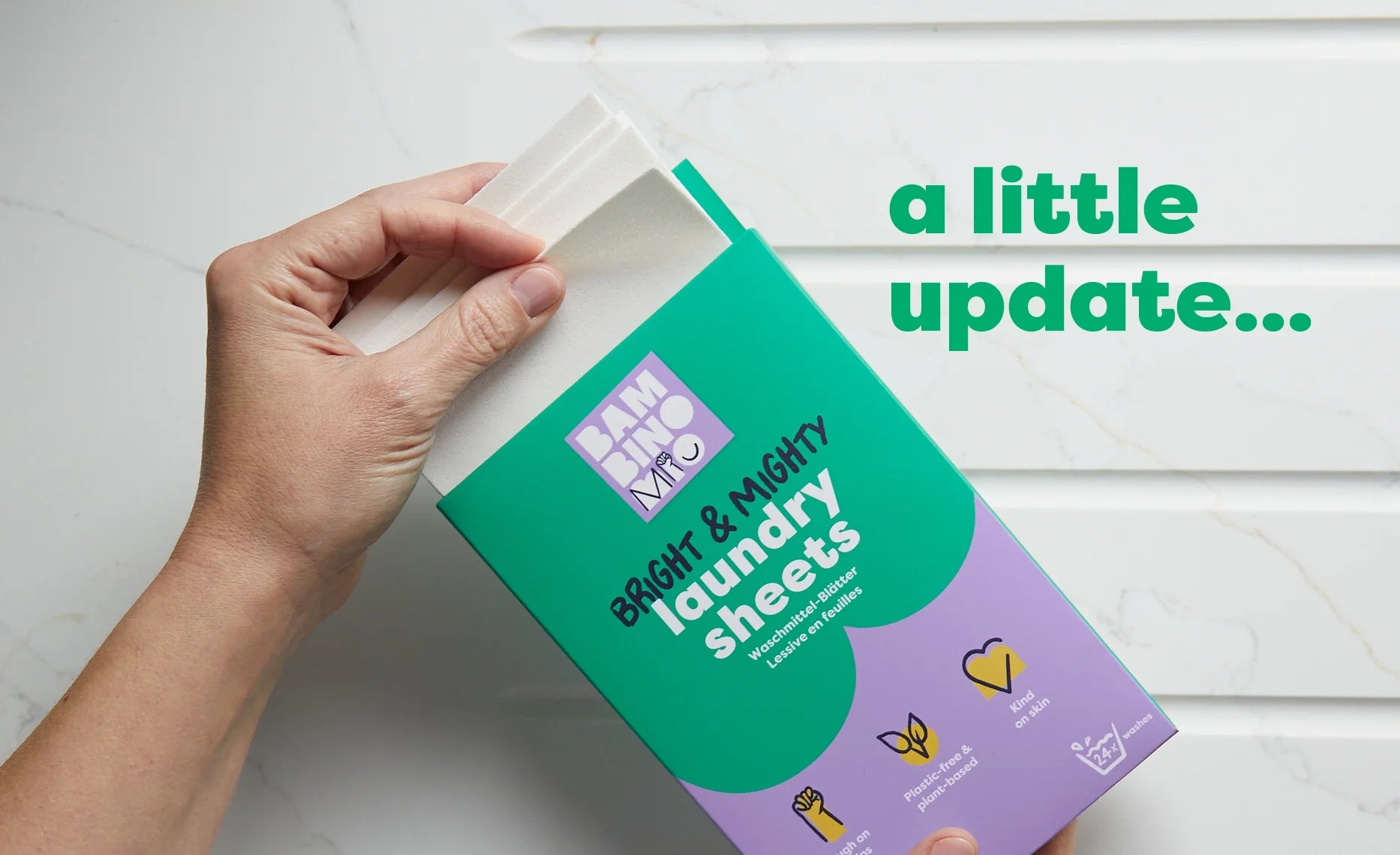Second Degree Tear | Glossary of Pregnancy & Baby Term
Share Options
- Bambino Mio
- 31 / 07 / 2023
Inside this Article:
What is a second-degree tear
A second-degree tear (1) is a tear which happens during delivery and which affects the skin and the muscle of the perineum. Tears of this nature usually need stitches, which your midwife or doctor will perform after you’ve delivered your placenta.
Second-degree tears can be painful but they are very unlikely to cause any lasting problems.
How do I look after my stitches?
If you have a second-degree tear and stitches it’s important to keep them clean to help it to heal. You should wash or shower at least once a day and change your maternity pads at least every four hours.
To reduce the risk of infection further, wash your hands before and after going to the toilet or changing your maternity pads.
Eat well and stay hydrated
Eating a balanced diet (2) with lots of fibre and drinking plenty of water will help you to avoid constipation (3), which can make going to the toilet difficult. The less effort you need to make in order to poo, the less strain you put on your stitches.
Moving your bowels shouldn’t break your stitches, but it can be painful and sting, so making sure your poo is soft is important. It can help to elevate your feet when you go to the toilet and do not strain as this can weaken your pelvic floor.
Staying hydrated also dilutes your urine so it doesn’t sting as much. It can help to pour warm water over your vulva as you wee, to wash away the urine before it has a “chance” to sting too much.
What happens to my stitches?
The stitches in your perineum are dissolvable, so you don’t need to have them taken out. They can be itchy as your skin heals, but this is normal.
Does the tear hurt for long?
It’s normal for any cut or tear to hurt for a while and after giving birth you might notice pain in your perineum while you’re sitting or walking. This should subside after a few weeks.
Many women find placing a cool pack against their perineum helps to soothe the area, but make sure it’s wrapped in a towel to prevent skin damage.
Will a second-degree tear damage my pelvic floor?
It’s unlikely that a second-degree tear will cause any damage to your pelvic floor, but pregnancy, labour and birth can weaken the pelvic floor muscles, so it’s important to do your Kegel exercises. These exercises strengthen the pelvic floor and increase blood flow to the area, which promotes healing.
Can I get a checkup for my stitches?
You’ll have a postnatal checkup at around six weeks after you have your baby so you can discuss any concerns you have about your recovery, including your tear and stitches.
You should call your doctor if:
- Your stitches become painful
- If your tear starts to smell
- If the wound doesn’t seem to be healing
- You only had a second-degree tear but you’re having problems controlling your bowels
Citations and References
- National Health Service (NHS). ‘Perineal Tears and Episiotomy.’ 2023. Web. www.nhsinform.scot/ready-steady-baby/labour-and-birth/assisted-birth/perineal-tears-and-episiotomy
- National Health Service (NHS). ‘Eating a Balanced Diet.’ 2022. Web. www.nhs.uk/Live-well/eat-well/how-to-eat-a-balanced-diet/eating-a-balanced-diet
- National Health Service (NHS). ‘After the Birth. Your Body After the Birth.’ 2021. Web. www.nhs.uk/pregnancy/labour-and-birth/after-the-birth/your-body


